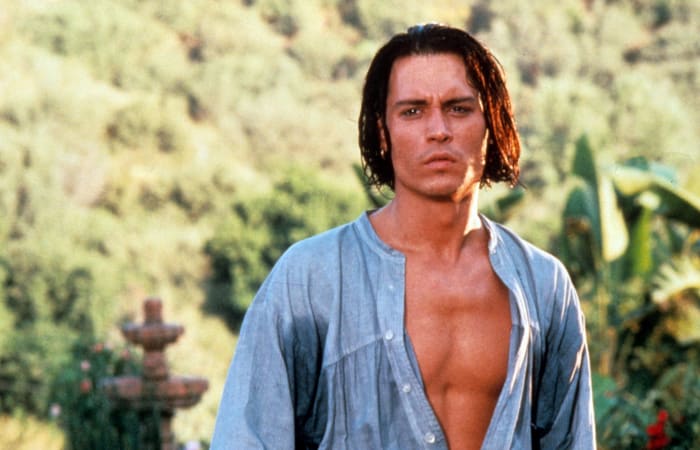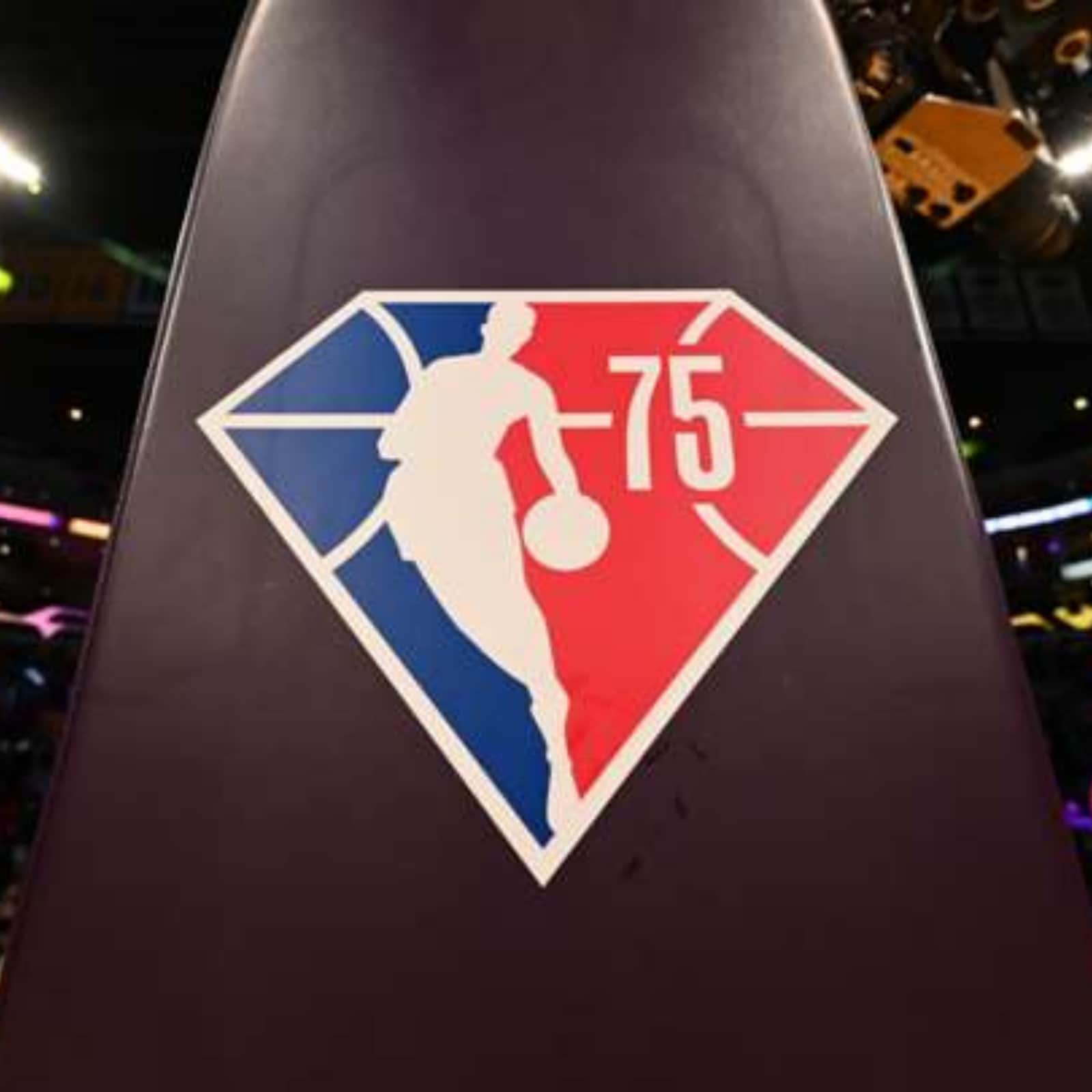

"And before he died, he was sitting there at night listening to the music, and he was so happy with it." "He wanted to be known for the type of music he was composing," his wife told the Inquirer. ( Read the complete Philadelphia Inquirer profile here) In an interview with the Philadelphia Inquirer, his wife shared that he wrote songs for Jill Scott, Ben Harper, Vernon Reid, Jeff "Tain" Watts, and Philadelphia-based artists Lady Alma and Jaguar Wright. Hubbard first joined the group in 1992, shortly before recording their first LP, "Organix." According to Rolling Stone, Hubbard made a couple of appearances with the group after retiring notably in 2008 at the Roots Picnic and on stage with John Legend in 2010.Īlthough he stopped touring with the band, Hubbard continued writing music. The cause for the disparities remains unclear. As previously reported by NewsOne, there are disparities based on race at all stages of the disease. Commonly found in older people, multiple myeloma is considered a " silent killer" of Black people. Hubbard marks the second high-profile death stemming from multiple myeloma in the past month. She was not allowed to stay with him because of COVID-19 protocols. His wife told Philadelphia's ABC affiliate that Hubbard had been in remission, but his health took a turn for the worse Wednesday evening. A skilled bassist, Hubbard was 62.ĭiagnosed with a rare blood cancer, multiple myeloma, Hubbard left the Roots in 2007. Leonard "Hub" Hubbard, a member of the legendary band the Roots, passed away Thursday after battling cancer for over a decade. MORE: Rest In Power: Notable Black Folks We Lost In 2020 While death is inevitably a part of life, that truth doesn't make it any easier to say goodbye to those who have died.

Rest In Power: Notable Black Folks Who We've Lost In 2021 The team concentrates on HIV care, PrEP (the use of medications used to prevent the spread of disease in people who have not yet been exposed to HIV), preventative services, housing, behavioral health, therapy, and support groups. This California-based organization strives to provide the LGBTQ community fair health equity. Based out of Atlanta and South Africa, SisterLove provides HIV/AIDS treatment and care, focuses on health inequities and disparities, and advocates to help overcome stigma, discrimination, and violence. SisterLove, Inc.įounded by Dázon Dixon Diallo in 1989, Sisterlove is the oldest women-centered HIV and sexual and reproductive justice advocacy organization in the US.

At the root of helping our community thrive are the people and organizations whose mission is to help end the epidemic by breaking through the barriers to testing, access, care, education, and support.īelow we spotlight just a few of many organizations that are on the frontlines of helping BIPOC communities affected by HIV: Black AIDS Instituteįounded in 1999 by a Black gay man living with HIV, a Black gay doctor, and a Black lesbian doctor, Black AIDS Institute dedicates itself to ending the HIV/AIDS epidemic in the Black community through education, mobilization, and effecting policy. The belief that only certain groups of people can get infected, being morally judged for taking steps to prevent HIV transmission, and other stigmas create mental and emotional issues for those living with HIV. Despite those promising inroads, the stigma associated with being HIV+ impacts those affected. Over these last few decades, much work has been done in advocacy, healthcare innovation, and education to help more people prevent and treat an HIV+ diagnosis and live a better quality of life if they are HIV+. This year marks 40 years since the first cases of what became known as AIDS were officially reported. The most impacted are gay and bisexual men, followed by heterosexual women, with the lifetime risk of HIV diagnosis among Black women being 1 in 48 vs. Among those living with HIV, Black people have the highest infection rates in the nation, accounting for over 42% of those living and dying with HIV and AIDS in America. An estimated 37.6 million people live with HIV worldwide, and approximately 1.2 million live in the US. Each year on December 1, people across the globe observe World AIDS Day, uniting in the fight against HIV, showing support for people living with disease, and remembering those who have died from an HIV-related cause.


 0 kommentar(er)
0 kommentar(er)
